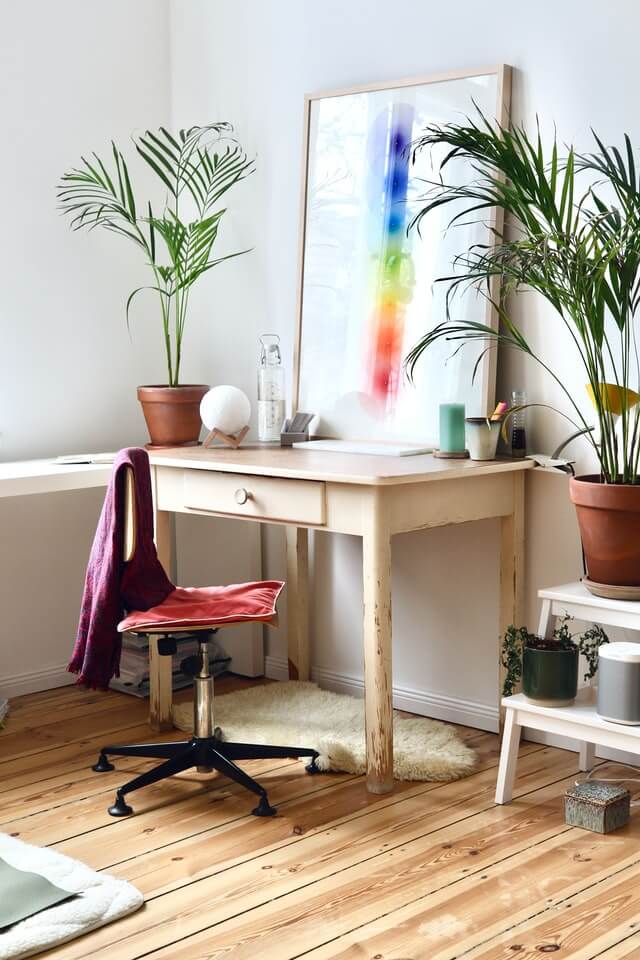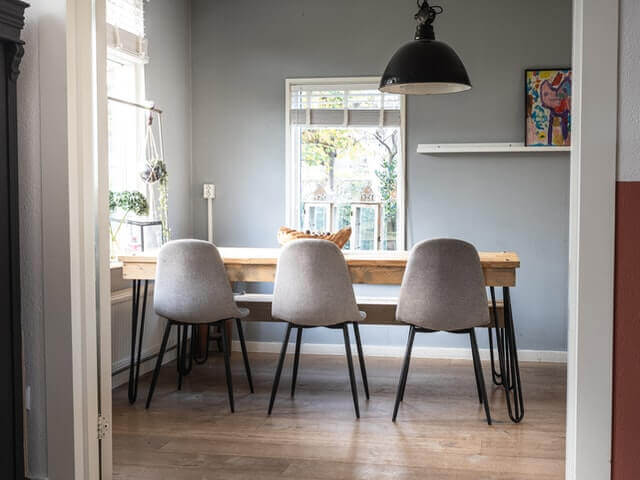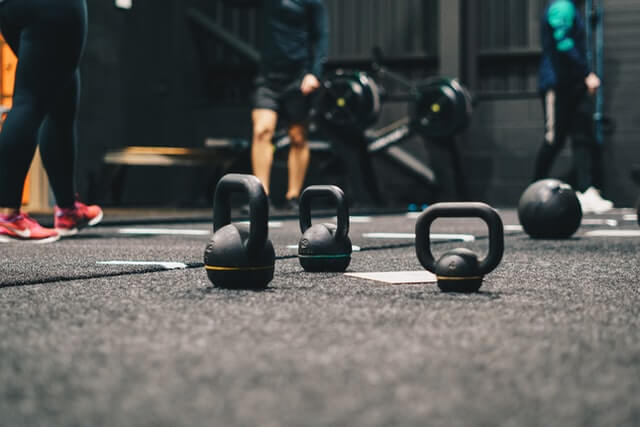Flooring is the common name for the permanent covering of a floor or the installation process of the floor covering. Floor covering is the materials that are used to provide the walking surface over
The choice of flooring materials is influenced by factors such as cost, durability, comfort, noise insulation, and how easy the cleaning process is. In certain instances such as hardwood and laminate, the flooring must not be below grade due to deterioration by natural factors like moisture. Here are some common flooring choices.
Wood

Many wood species have been incorporated for use in wood flooring, either in plank or parquet forms. Hardwoods have higher durability compared to softwoods and typically provide better flooring material. The hardness and durability of hardwood are measured using the Janka scale; the PSI amount required to embed a steel ball into the wood.
Bamboo flooring is the use of material from bamboo plant flooring. Bamboo is a very durable and environmentally friendly material available in a variety of textures and colours. It is available with the strand woven ( the most potent form), vertical cut, or horizontal cut.
Laminate

Laminate flooring can easily be confused with hardwood but is made from MDF which means Medium Density Fibreboard or plywood core and a plywood exterior. Laminate flooring is installed using the floating installation method, which translates to the flooring interlocking to form an interlocked flooring system. This makes laminate flooring installation a very versatile option as it can be installed on a flat substrate.
Hybrid

For hybrid flooring, laminate and vinyl flooring methods are integrated to come up with a settled floating floor that is easily installed throughout the home. Multiple layers of materials are compressed to create an extremely hard-wearing floor. Amtico and Karndean flooring is an example of where a vinyl floor is being used.
Hard flooring
Quite different from hardwood, this is a range of building materials including cement, glass tiles, ceramic tiles, and a variety of natural stone products. Ceramic tiles are made from clay products formed into thin tiles and then fired. Types of ceramic tiles include porcelain, terracotta, and quarry tile.
Natural stones for use as flooring are available in a variety of thicknesses, shapes, and sizes. Marble and slate are common examples of natural stones used for flooring. During installation, the stones are set in mastic or mortar with the joints in between grouted.
Brick

Bricks used for flooring are commonly made from kaolin and shale, which gives the bricks the smooth finish and texture necessary for indoor flooring. Brick floors are incredibly durable and long-lasting and show remarkable resistance to fire and regular wear and tear. Brick flooring is also quite cheap and relatively easy to clean and maintain.
Concrete
The superior durability and durability of concrete have made it increasingly popular being used more in office facilities, commercial warehouses, and even in homesteads. Typically used for foundations, floors, walls, and beams, concrete flooring is made of after, cement, aggregate, and sometimes admixtures. Polished concrete allows the contractors to grind the surface, whether new or old, to a perfect high-gloss finish.
Screed
Screed is a thin top layer material traditionally made of sand and cement, similar to concrete. The main purpose served by screed is to provide a flat surface onto which other finishing materials like tiles, carpets, and floorboards. It is also ideal for covering underfloor heating pipes and can be laid on top of insulating materials.
Seamless polymer flooring
There is a range of seamless flooring materials available in the market including reactive thermoset resins and air drying latex emulsion polymers. This type of flooring can be used for simple garage floor repair to more demanding tasks such as protection and restoration of industrial and commercial flooring. Seamless polymer flooring provides solutions for issues such as oil and fat spillages in food processing plants and laboratory wet areas.
Synthetic resin flooring will also help enhance the resistance of the floor to impact and wear, improve resistance to chemicals and give a greater aesthetic appeal to flooring.
Cork
This renewable and water-resistant material is utilised as a flooring material in many spaces. During installation, the cork is clicked or glued together. Cork floors are smooth and warm, which makes them commonly used in basements and bathroom installations.
Rubber

Rubber flooring is made either from synthetic materials such as rubber tyres that have been reclaimed or natural materials. This class of flooring has stain and moisture resistance, elasticity, durability, sound absorption, and good temperature stability.
Rubber is a type of resilient flooring( exhibits elastic characteristics) and hence suitable for use in high foot traffic places where foot fatigue and slipping on the floor are likely to occur. At home, rubber flooring can be used for bathrooms, children’s playroom, shower, garages, and home gymnasium.
Carpeting

Carpet is a soft wall-to-wall floor covering made from carpet fibres that have been bound or stapled together. Carpets are primarily used indoors and are suitable for both high and low-traffic areas and come in a range of materials like polyester, wool, nylon, and olefin. The four standard widths in which carpets are available are 15′ wide, 13’6″ wide, 12′ wide, and 6′ wide.